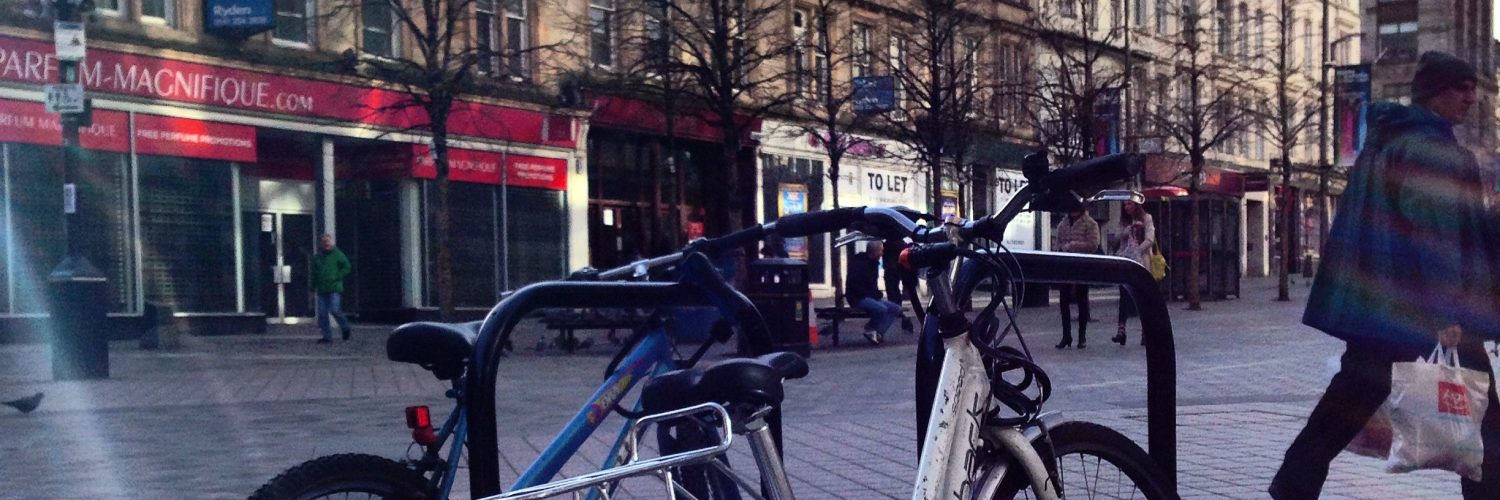Music and Maps
Começo o ano com um post sobre música e mapas.
Música:

Imagem do Tactical Sound Garden no Arte.Mov de 2007 em BH.
O projeto SAME (via Network Music Review), reune um pool de universidades européias para investigar as novas formas de produção e consumo de música com os telefones celulares e outros dispositivos móveis. Essa é uma questão que vem sendo objeto de projetos vinculando som, música e mídia locativa como o Sonic City, Hapax, Tactile Sound Garden (foto acima), Sound Lens, Malleable Mobile Music, Tejp/Audio Tags, Murmur, entre outros já resenhados nesse Carnet. Abaixo trechos da descrição do SAME:
“With the rapid spread of mobile phones, we are currently witnessing one of the biggest disruptions in human communication history, and, at the same time, a fundamental change in personal content usage. Two interrelated trends are emerging, which are very likely to fundamentally and persistently change many aspects of our daily lives: (i) increased mobility of people and their devices, facilitated by mobile communications and mobile devices, and (ii) explosive growth and increasing importance of personal and of personalised content. SAME addresses this by contributing to create new end-to-end systems for active, experience-centric, and context-aware active music listening. It aims at creating a new end-to-end networked platform for active, experience-centric, and context-aware active music listening. The project will answer to questions like ‘Which will be in the next 5 years the corresponding of the current iPod?’; ‘What kind of markets would such new devices open up?’ “
Mapas:
Temos mostrado nesse Carnet o boom contemporâneo na produção de mapas. A tendência para 2009 é o crescimento tanto de projetos comerciais, como artísticos e comunitários. Assim, mashups, web 2.0 e tecnologias móveis com serviços baseados em localização vão impulsionar ainda mais esse desenvolvimento. Mostramos vários projetos sobre essa temática no Carnet. Uma busca com a palavra map revela os post. Vejam sobre essa discussão o post do Boston Globe mostrando a explosão dos mapas.
” (…) Today, it’s easy to feel superior to a society that thought Europe and Africa looked like matching slices of pizza, but we shouldn’t. That medieval map said very little about how the world was shaped, but it had a lot of information: For starters, it told you that God’s creation was symmetrical, and thus perfect, and that its apex was Jerusalem. In a deeply religious society in which most people never made it more than a few miles from home, this was understood to be far more important than knowing the exact contours of the Mediterranean.
Thanks to satellites, surveying, and ever-increasing computing power, mapping has become geographically accurate beyond the dreams of a medieval mind. But many of those same technological advances have also brought us full circle: Maps have increasingly become vehicles not just for telling us how the world looks, but for organizing and representing all sorts of information.
The past year saw an explosion of such maps, portraying everything from earthquake devastation to voting patterns to international reading habits – often made on the fly, by citizens, in response to events. Like their medieval predecessors, the most interesting maps are often useless for getting from point A to point B. But if you want to understand what happened in 2008, they are an excellent way to navigate the year. (…) “

